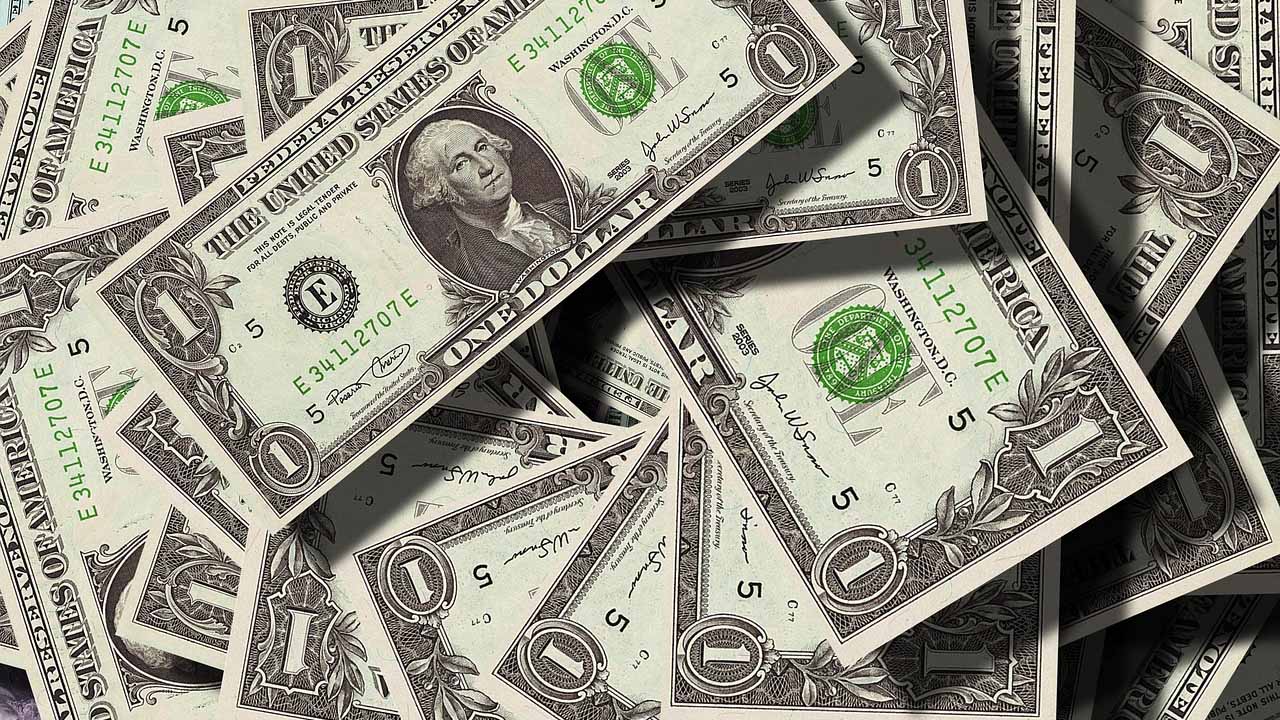According to Economic Affairs Division (EAD) data, the country borrowed $3.527 billion from various financial sources during the first quarter (July-September) of the current fiscal year 2023-24, compared to $2.234 billion borrowed during the same period in 2022-23.
According to the data, the country received $320.92 million in September 2023, up from $625.86 million in September 2022.
The government had budgeted $2.4 billion from the IMF for the current fiscal year 2023-24 and received $1.2 billion as the first tranche of the $3 billion Stand-By Arrangement (SBA) in July 2023, but the EAD data does not reflect this.
During the first three months of the current fiscal year, there is no mention of the $1 billion disbursed by the UAE. When we include this contribution along with the IMF inflows, the total inflows for this period would amount to $5.727 billion.
Out of the $3.527 billion received during this period, $2 billion was obtained from Saudi Arabia as a time deposit in July 2023. Notably, the data reveals that the government had initially projected $4.5 billion from foreign commercial banks for the entire fiscal year 2023-24, but no funds were received from this source in the first quarter.
The government had also budgeted $1.5 billion for the issuance of bonds, but as of now, no bonds have been issued, resulting in zero revenue in this category.
In the budget, the government planned for $17.619 billion in financing for the current fiscal year, encompassing $17.384 billion in loans and $234.60 million in grants.
In the previous fiscal year 2022-23, the country secured $10.844 billion from various financing sources, including $2.206 billion from foreign commercial banks, falling short of the budgeted foreign assistance of $22.817 billion. It’s important to note that this $10.844 billion does not include the rollover of friendly countries’ deposits, which amounted to $6 billion (split equally between China and Saudi Arabia), and the refinancing of a Chinese loan of $1.3 billion.
During the first three months of the current fiscal year, the country received $204.51 million from the “Naya Pakistan Certificate” program.
Other sources of funds during July-September 2023-24 included $490.48 million from multilateral organizations and $324.05 million from bilateral sources. Non-project aid accounted for $2.653 billion, with $2.253 billion allocated for budgetary support and project aid totaling $873.97 million.
China disbursed $508.34 million for the JF-17 B project, which is guaranteed by the China National Aero-technology Import and Export Corporation (CATIC). Additionally, China disbursed $0.35 million in the same period, which falls short of the government’s budgeted amount of $18.54 million for the entire fiscal year.
The Asian Development Bank (ADB) disbursed $61.75 million during this period, a significant deviation from the budgeted $2.086 billion for the fiscal year 2023-24.
Saudi Arabia disbursed $300 million, which is less than the budgeted $600 million for the oil facility during July-September 2023-24. The USA disbursed $13.98 million in the first quarter, falling short of the budgeted $21.60 million for the entire fiscal year. Additionally, Korea disbursed $4.85 million, and France contributed $1.28 million during this fiscal year.
The International Development Association (IDA) disbursed $240.93 million in the first three months, which is less than the budgeted $1.489 billion for the current fiscal year. The International Bank for Reconstruction and Development (IBRD) disbursed $58.45 million, a departure from the budgeted $840.36 million.
The Islamic Development Bank (Short-term) disbursed $100 million during July-September, which is less than the budgeted $500 million for the current fiscal year. The Asian Infrastructure Investment Bank (AIIB) disbursed $22.96 million, while the International Fund for Agricultural Development (IFAD) disbursed $6.38 million, both below the budgeted amounts of $42.68 million for the current fiscal year.






